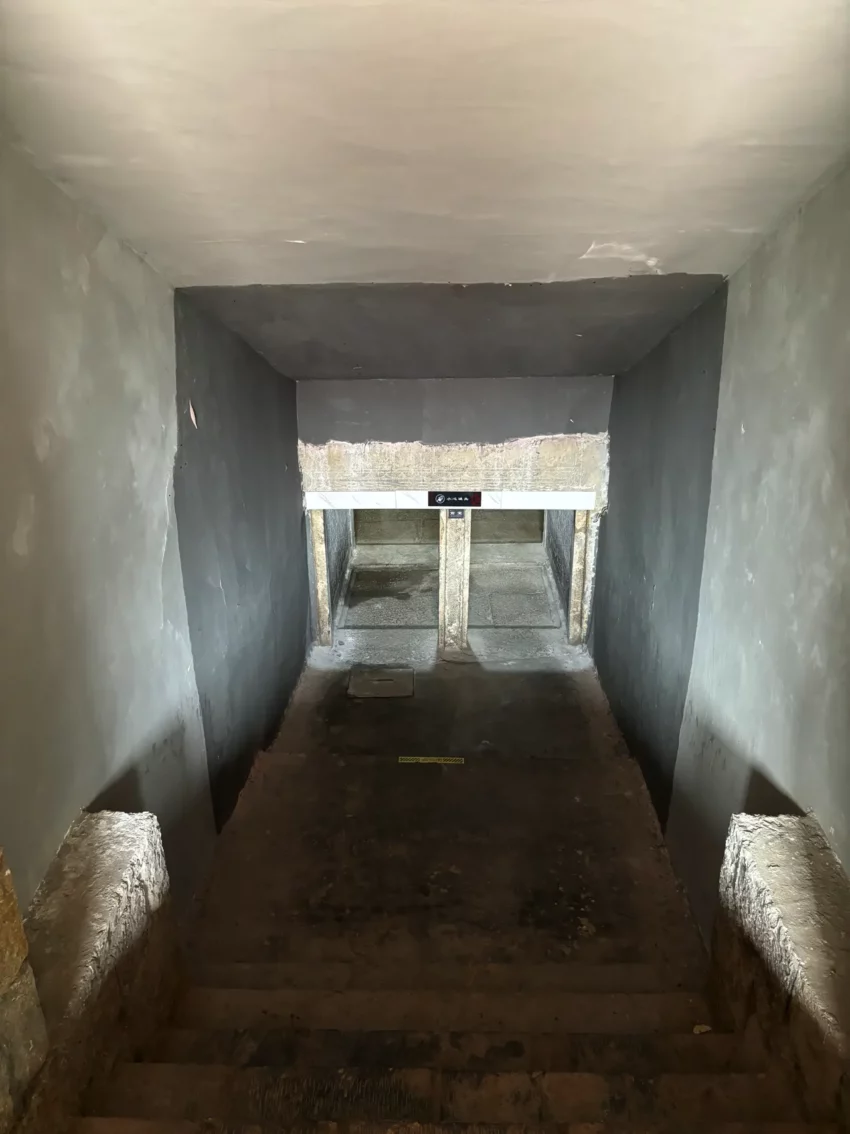Discovering the Baiji Han Tomb
The Baiji Han Tomb showcases an ancient method of construction. Builders raised the tomb from the ground, surrounded by flat land, with the top about one meter above ground. Originally, a larger mound of soil covered the tomb, but rain erosion revealed the underlying structure. During a 1965 excavation, archaeologists discovered 249 artifacts, including pottery, jewelry, and other historical items.
Get your dose of History via Email
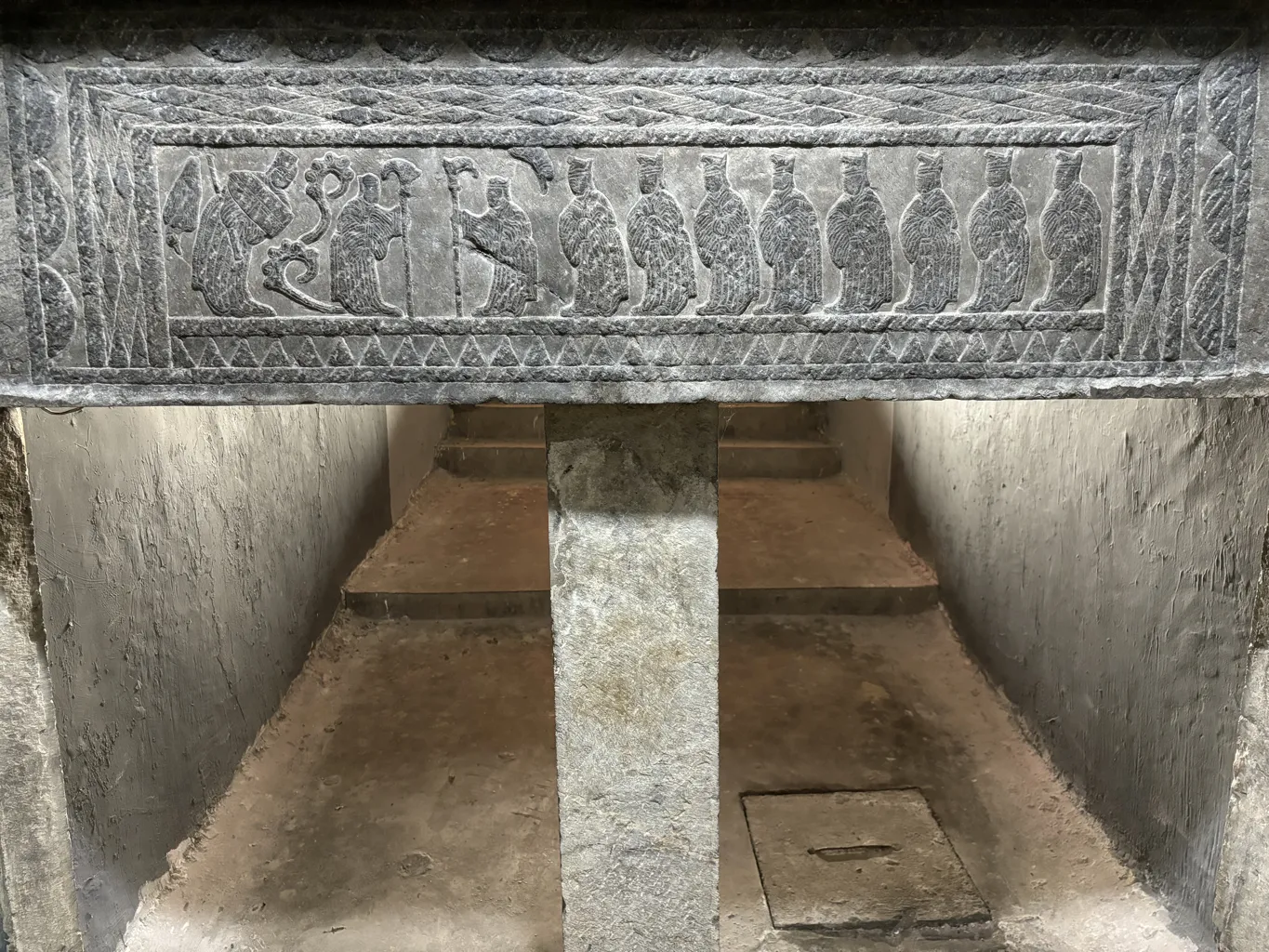
Structural Layout
The tomb consists of three main parts: the ancestral hall, the tomb wall, and the tomb chamber. The ancestral hall sits at the front, the tomb chamber at the back, and the tomb wall encircles both. These elements align along a vertical axis, using locally sourced bluestone.
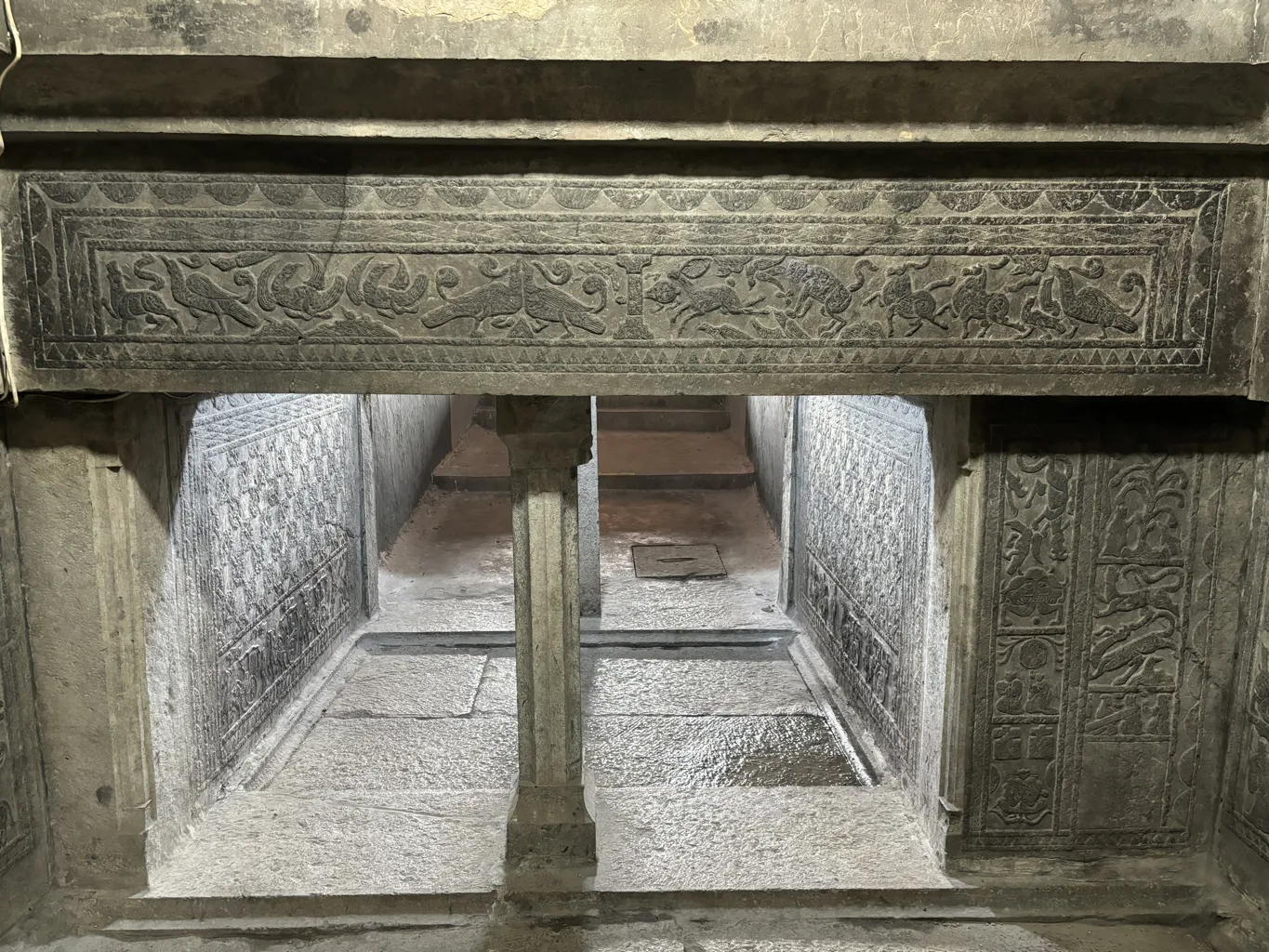
Unique Design Features
Typical tombs in the Xuzhou area followed a similar design. Builders constructed them on flat ground, creating an ancestral hall and multiple burial chambers aligned vertically. The soil accumulated around these chambers formed a mound, giving the appearance of a covered bucket with a stepped roof. This particular tomb belonged to an official with an annual salary of about 1,200 kilograms of grain. His wealth reflected in the tomb’s luxurious design and exquisite carvings, providing a glimpse into Han Dynasty architecture and art.
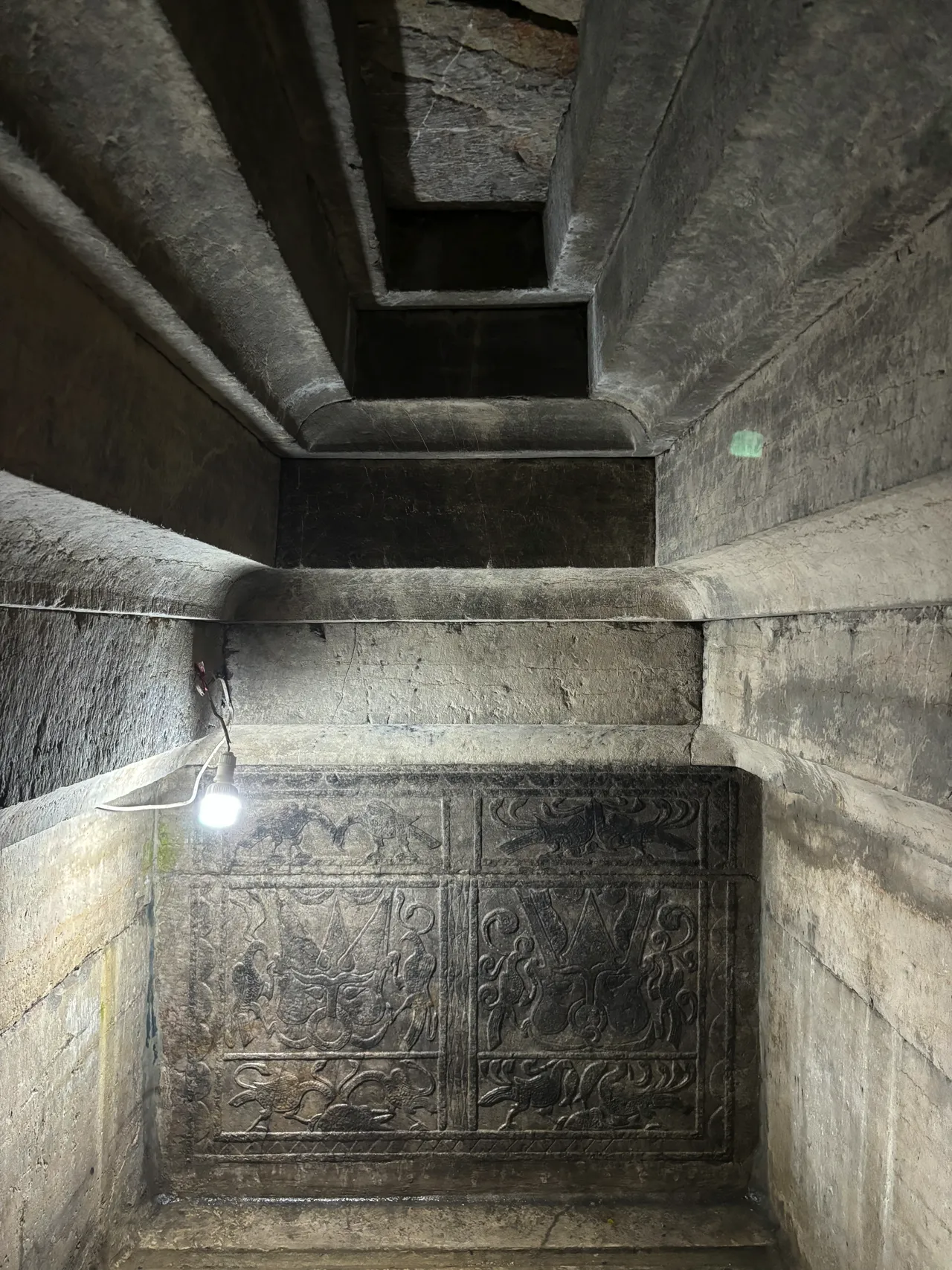
Discoveries in Baiji
When it was discovered in 1965, researchers found a multi-chambered tomb in Baiji, a village near Xuzhou in Jiangsu Province. The tomb featured an entrance hall, a main room, two rear rooms, and two side chambers. Many stone slabs bore carved images of buildings, figures, music, dance, and supernatural animals. A stone offering shrine stood in front of the tomb, with gables adorned with carved images of horses, chariots, auspicious animals, and deities. Dating back to the late second century AD, this tomb is one of the most complete examples of Han stone carved tombs.
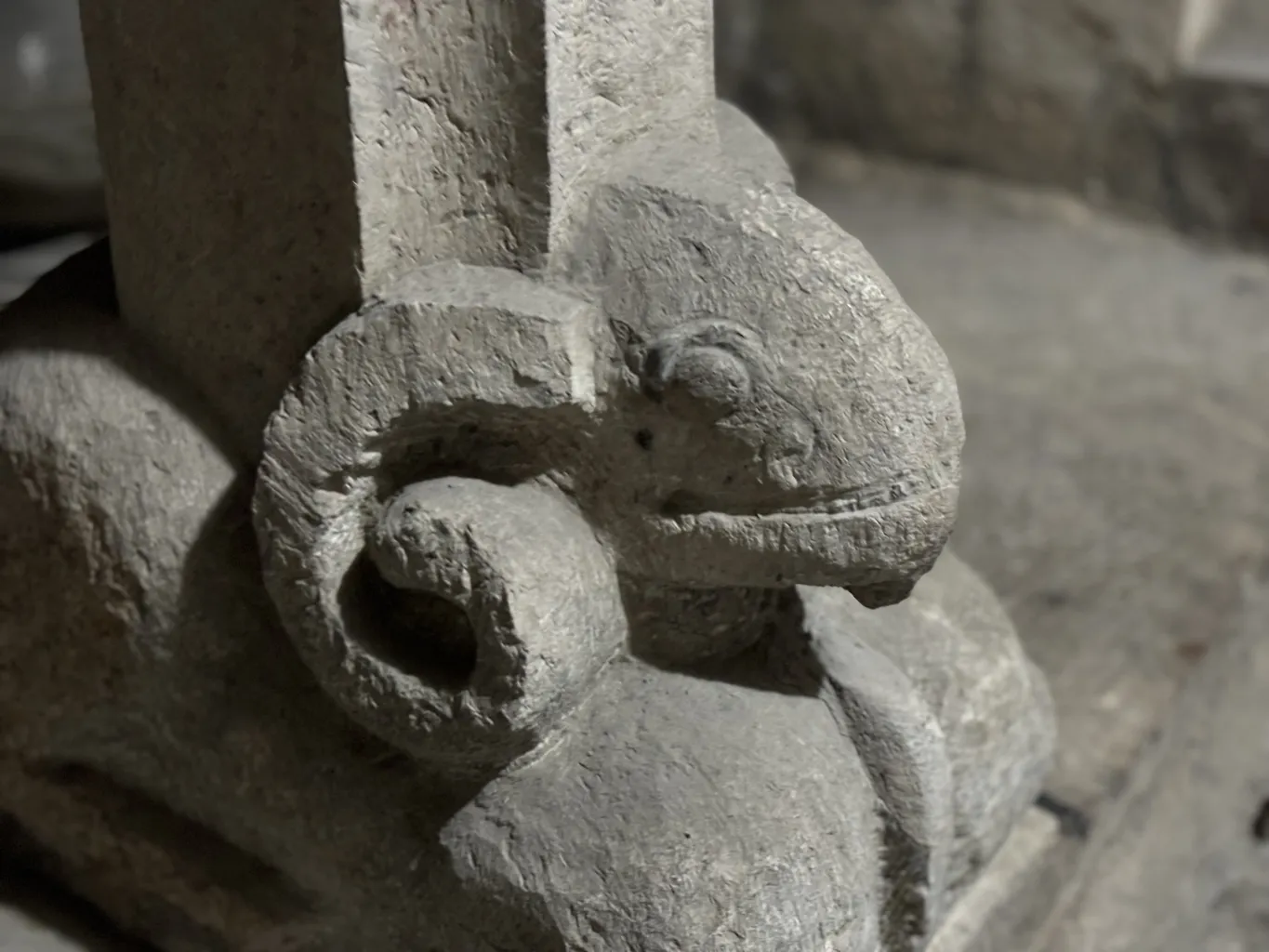
Distribution and Significance
These stone-carved tombs were mainly found in densely populated areas of the Han Empire. Many tomb occupants remain unknown due to repeated looting before archaeological excavations. Identified occupants were usually landowners, officials, scholars, and occasionally nobles. The Baiji tomb represents a sophisticated example of these tombs, with intricate bas-relief carvings on the stone slabs.
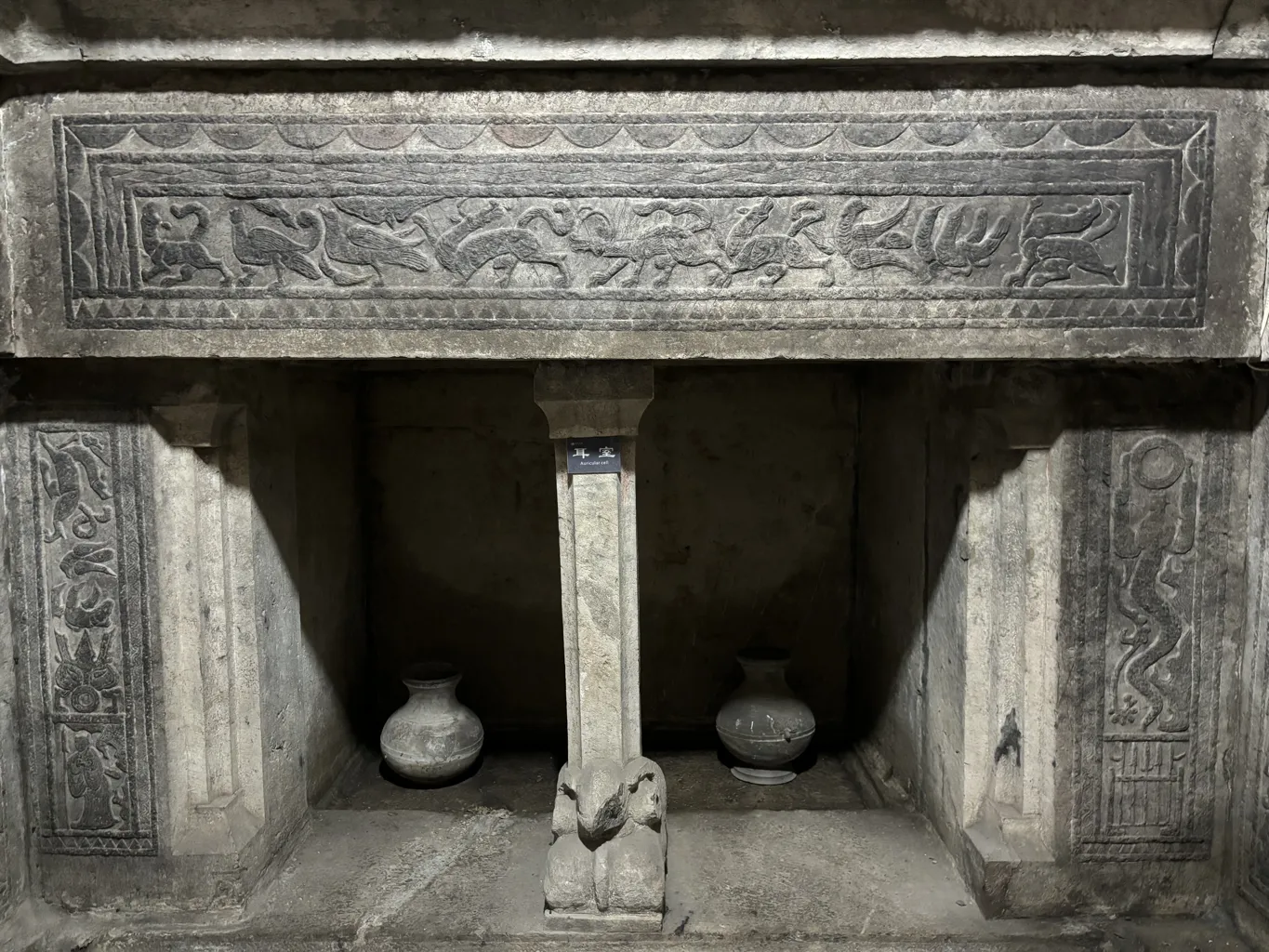
Intricate Carvings and Design
In the Baiji tomb, lintels between walls, columns, and the roof featured carvings of supernatural animals. Unlike Roman columns, which had a base-and-shaft system, Han stone tomb columns stood directly on a footing without mortar. In some cases, columns rested on plinths or even on carved animals like rams.
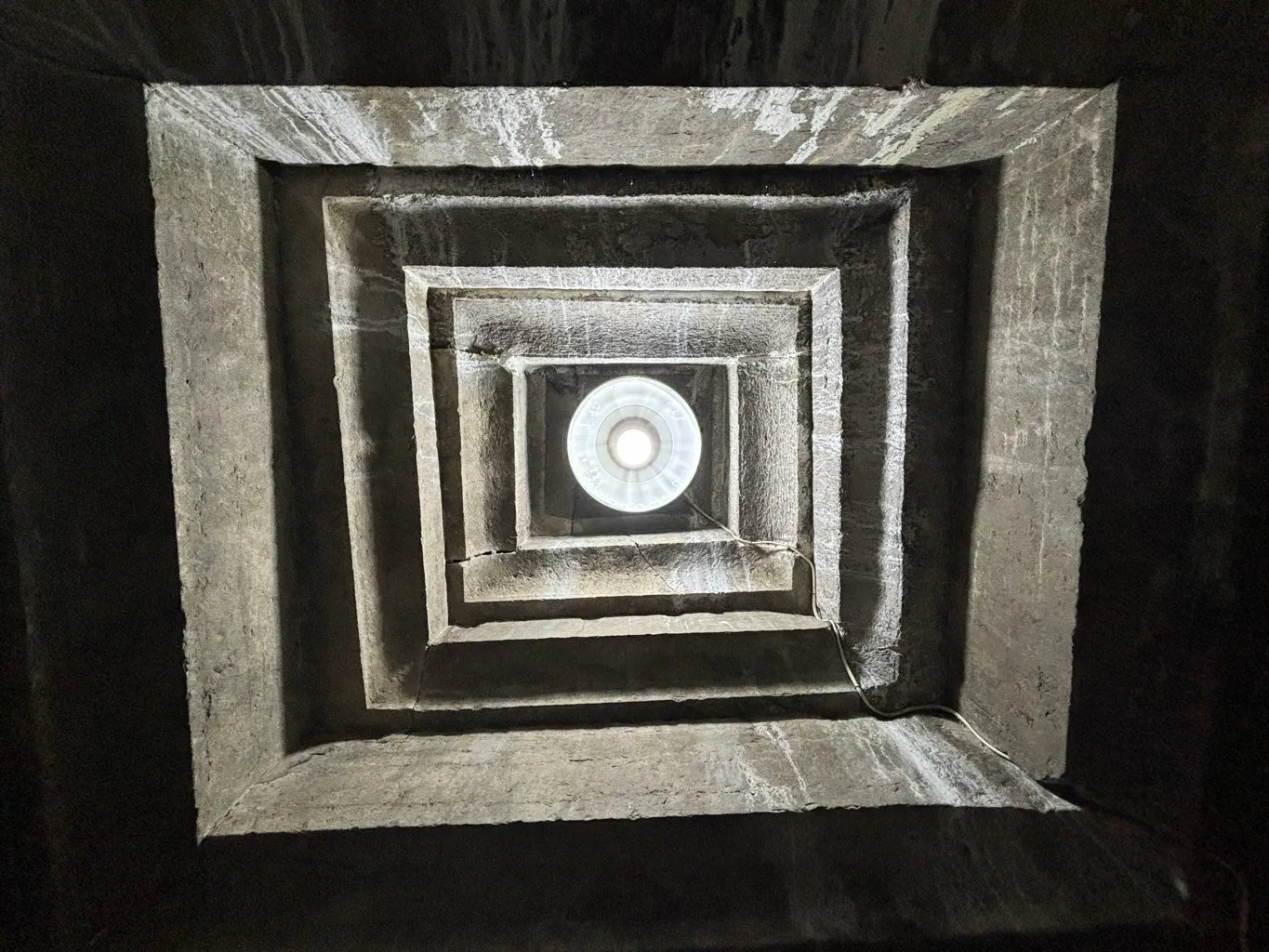
Protection and Influence
The Baiji tomb mound had three layers of stone slabs forming a low wall for protection, creating a rectangular plan. The construction sequence likely involved building the wall first, then piling and ramming earth inside to form the mound, possibly planting trees on top. Stepped roofs, common in Han stone tombs, may have drawn inspiration from early Western examples.
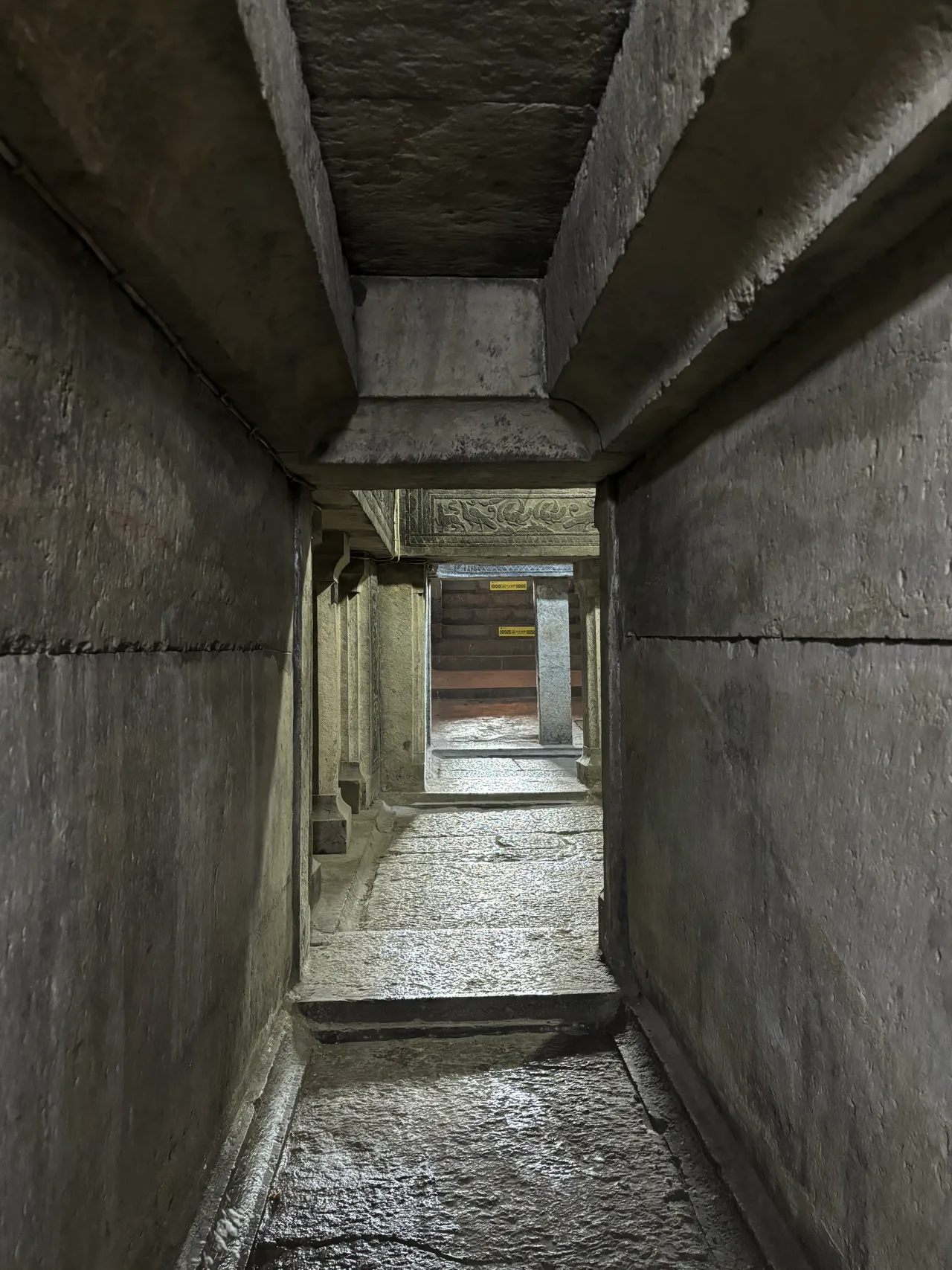
Architectural Influence
China had wooden columned buildings before the Han Dynasty, but the faceted columns and pilasters in the Baiji tomb suggest Hellenistic influence. The concept of erecting columns inside tombs likely originated from Western practices, as evidenced by similar designs in other tombs.
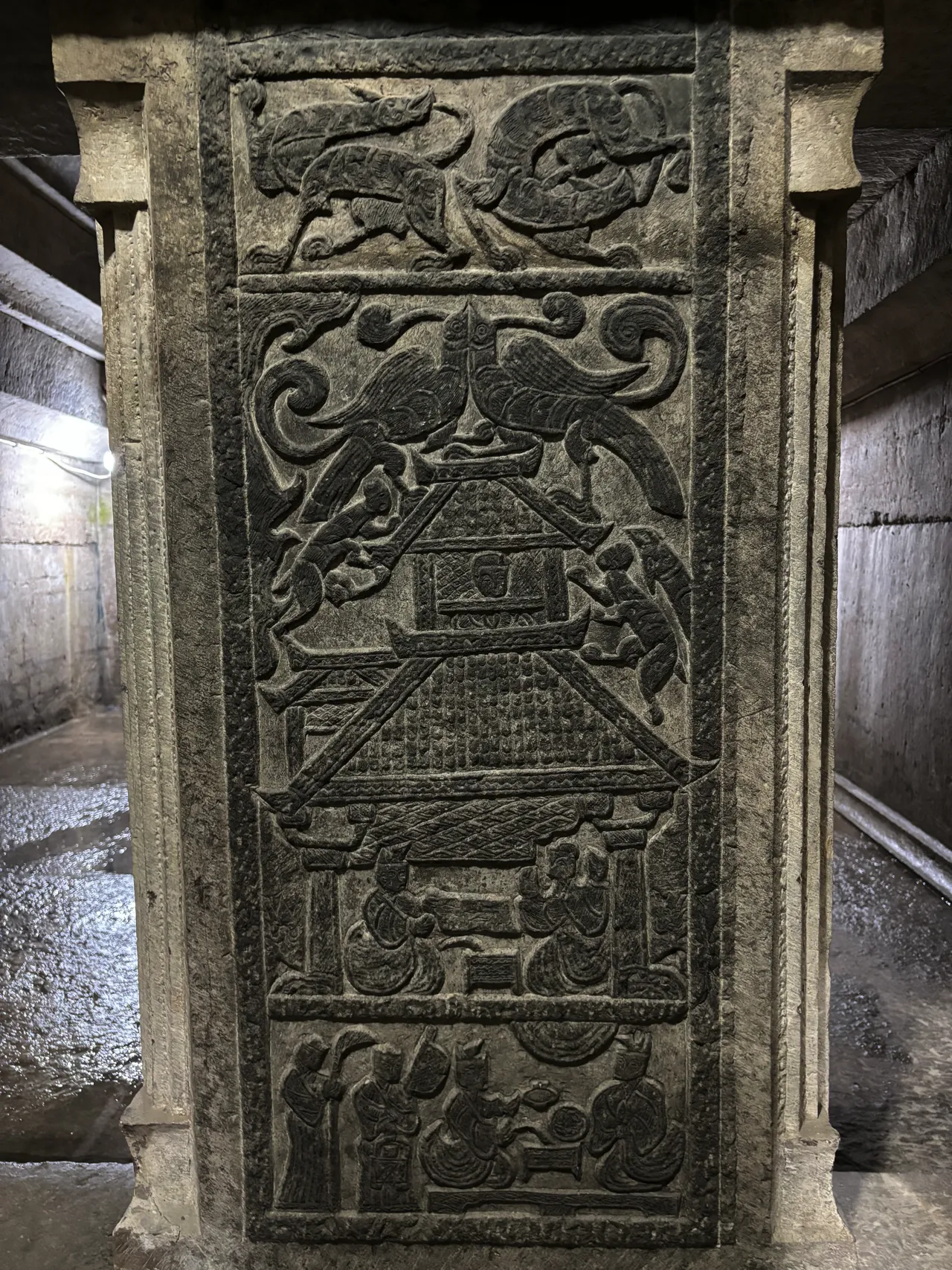
The Baiji Han Tomb stands as a testament to the ingenuity and artistry of ancient Chinese builders. Its intricate design, rich carvings, and unique construction techniques offer valuable insights into the architectural and cultural heritage of the Han Dynasty.
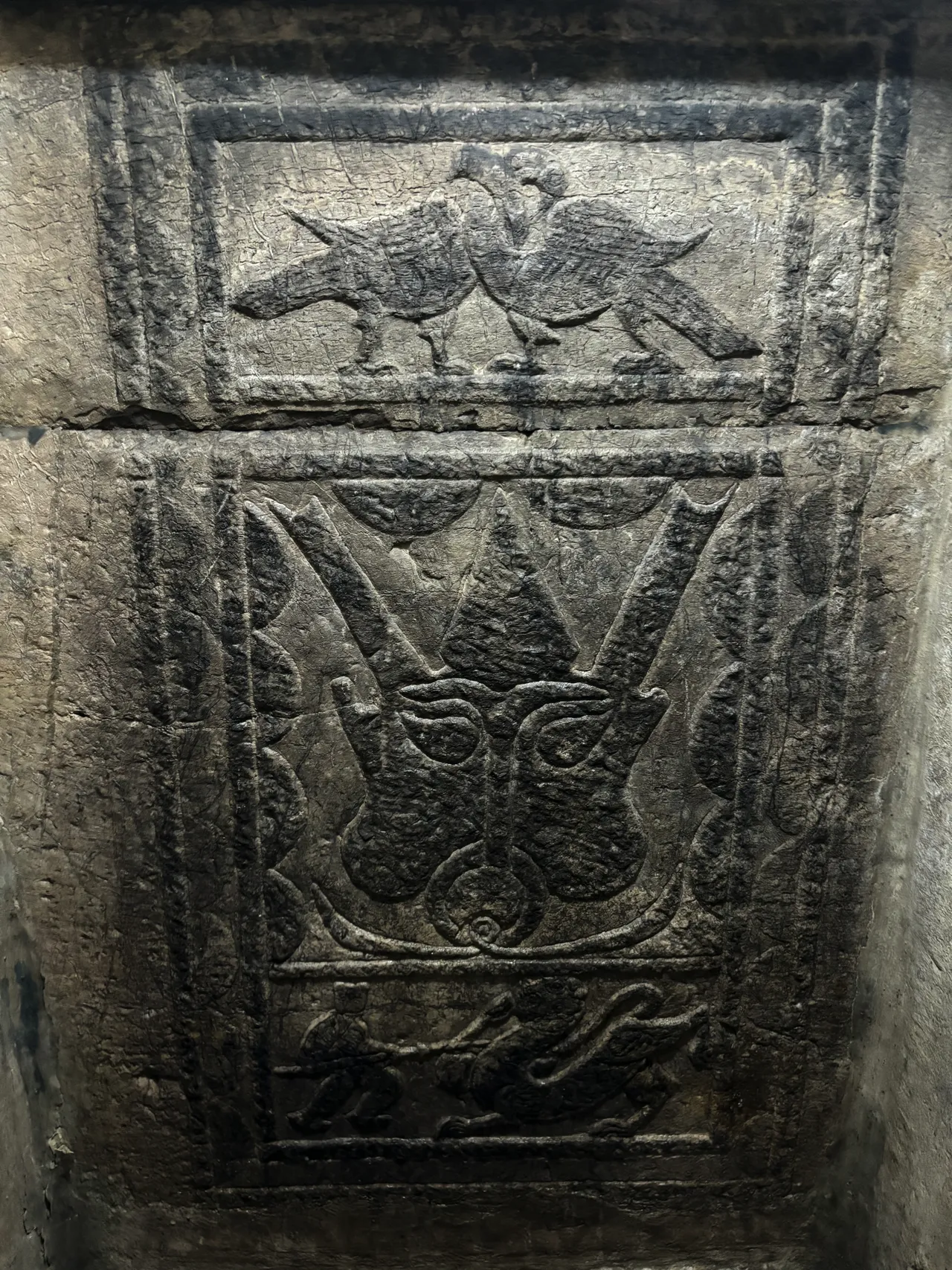
Sources:
Signs at the site itself
Li, C. (2022). Han Dynasty (206 BC-AD 220) Stone Carved Tombs in Central and Eastern China. Merton College. Retrieved from https://web.archive.org/web/20220518102549id_/https://ora.ox.ac.uk/objects/uuid/download_file?safe_filename=Chen%2BLi%2Bthesis%2BORA.pdf&file_format=application%2Fpdf&type_of_work=Thesis

